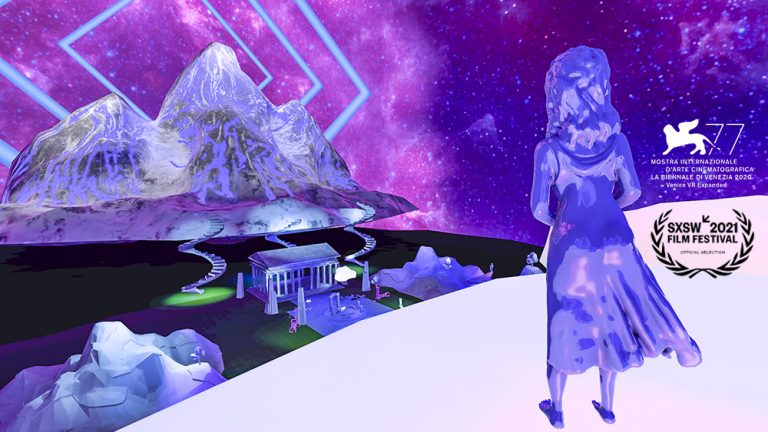
Photo Credit for Feature Image: Carlos Austin
If a decade ago virtual reality was associated to a remote future, or even science fiction, this phantasmagorical world is very much part of our current reality, and it is thriving. Someone who knows this well is international award-winning director and virtual theatre pioneer Kiira Benzing. Through the years she has used this technology to develop her mesmerising works, that have conquered acclaim in many prestigious festivals, from the New York Film Festival (Cardboard City in 2016), to Tribeca (Hilda in 2017), from Sundance (Runnin’ in 2019) to Venice (Loveseat in 2019).
One may find that Benzing shares that forward-thinking vision of the CEO of Emblematic Group, Nonny de la Peña — who helped shape the immersive medium, when the virtual world was still in its embryonic stage. Nonny de la Peña contributed to creating the genre of immersive journalism, just as Benzing is blending this futuristic storytelling with the ancestral theatrical discipline. The very de la Peña said about Benzing’s latest oeuvre “Finding Pandora shows X the pleasure and profound possibilities of an emerging medium: fully immersive theatre. Wildly imaginative and satisfying to experience, it is completely understandable why it keeps winning major awards at top festivals such as SXSW and the Venice Film Festival.”
In fact, this was the first live virtual reality performance in history to win a Lion at the Venice International Film Festival in 2020, for “Best VR Immersive User Experience,” and it recently won the Audience Award for “Virtual Cinema Spotlight” at the prestigious cultural SXSW Film Festival this March.
Finding Pandora X fuses live theatre with virtual reality to create an interactive performance for audiences to not just watch, but become a character in the story. When audience members step inside the virtual world of Mount Olympus, they are transformed into members of the Greek Chorus and must help the gods find hope before it is too late. The Greek Chorus along with the seemingly immortal gods are in danger of disappearing if they cannot recover the box of hope taken by Pandora in time. In this spellbinding, branching narrative adventure, audiences collaborate across imaginative worlds for a performance unlike anything they have experienced before. The cast playing out the glorious characters of Pandora’s myth is Broadway-studded, and appears through personalised avatars that engage the audience in this participative quest. The power of community and social connection that comes from this experience is given by the brilliant cast, directed by Benzing, and coordinated by the crew of her production company Double Eye Studios, along with HP’s virtual reality technology that sponsored this project.

Joanna Popper, who is Global Head of Virtual Reality for Location Based Entertainment at HP and the Executive Producer of Finding Pandora X, expressed her pride in what this work of VR has achieved. “HP is proud to be working with Kiira Benzing and Double Eye Studios on ‘Finding Pandora X.’ Their award-winning ground-breaking storytelling has proven to captivate and connect global audiences. We are thrilled that the actors and technical team chose the power of HP’s virtual reality technology to create, connect and collaborate,” she said.
In this exclusive interview, Kiira Benzing, unveils her virtual realm for us:
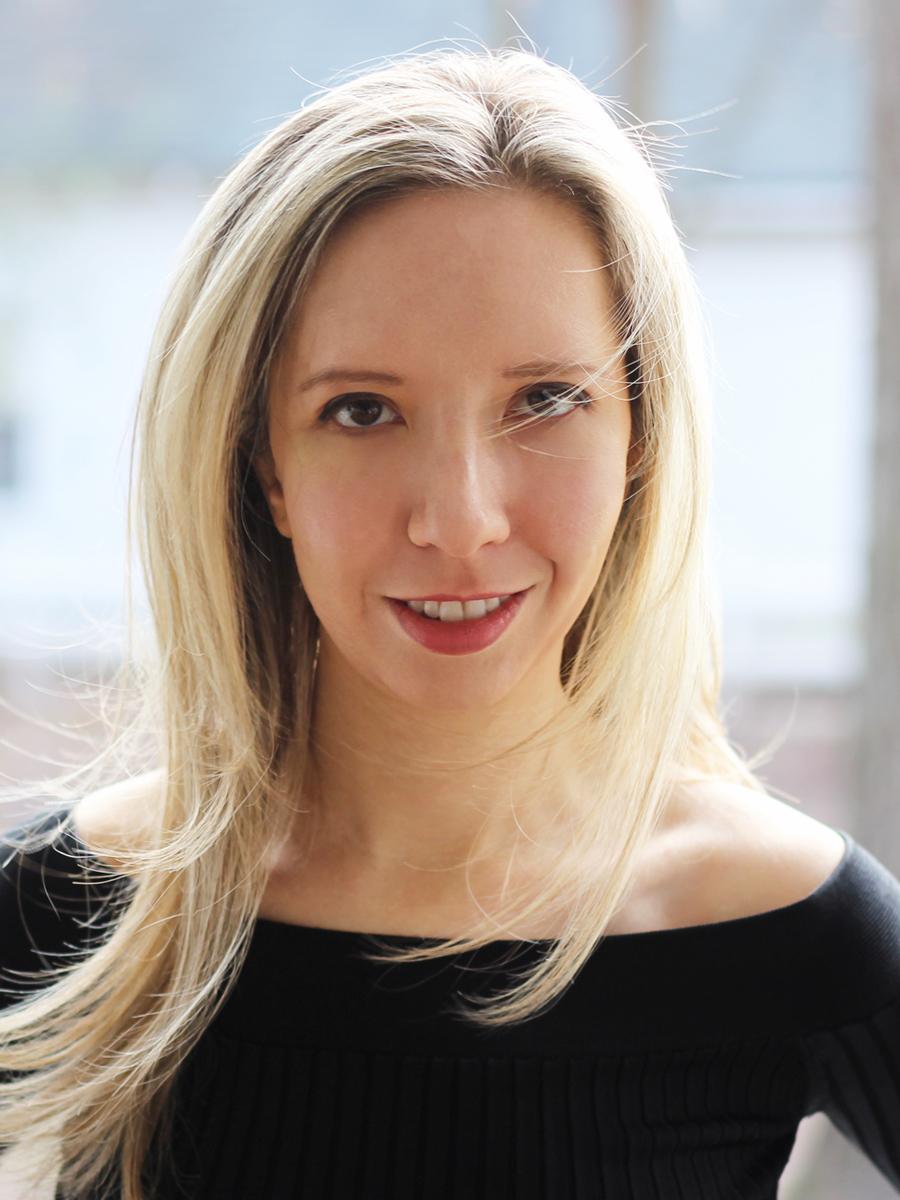
Photo Credit: Davita Aundrea
Q: For those who are still new to the medium of immersive reality, could you explain how it works, and the difference between AR, VR, MR, XR?
KB: These are all types of “realities”. Augmented Reality, Virtual Reality, Mixed Reality and Extended Reality. XR, that is Extended Reality, is an all-encompassing umbrella of all of the forms of immersive experiences. The ‘X,’ which represents a variable for any current or future spatial computing technologies, relates to our title “Finding Pandora X” where it can represent so many possibilities, current and future.
Q: Considering your background in theatre, and how you have brought it to virtual reality, are there some interactive theatre or improvisational theatre productions that inspire you?
KB: My favourite theatrical productions have not been interactive. I would cite all of the work of Ariane Mnouchkine as an inspiration, especially the production of Les Ephemeres. I’ve had the pleasure of meeting her a number of times and even putting her in her first VR experience. I long to see more narratives and interactive experiences, especially experiences that are not solely games. I think our industry needs to champion new types of storytelling, as well as new voices.
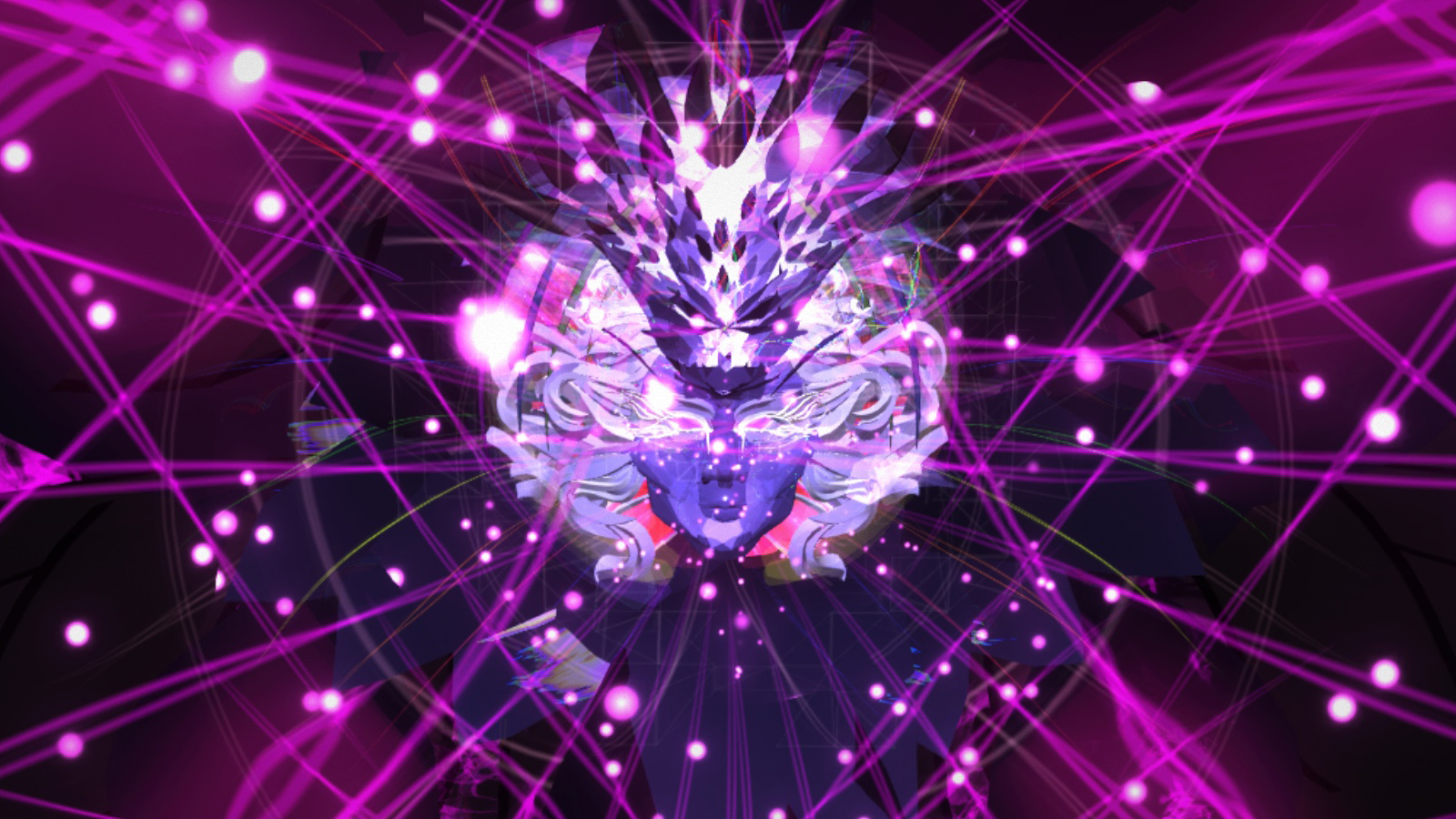
Photo Credit: Sara Phinn
Q: Some films directors, like Alexandre Aja and Kathryn Bigelow, already explored the world of VR. In your opinion at what stage are we with this technology and its interaction with cinema and how soon do you think audiences will be able to go to a VR theatre, like the way they go to a cinema?
KB: Bigelow’s work of course took us into very authentic and wild scenes of nature. Filmmakers like Ava DuVernay have worked with Nonny de la Peña to tell important stories of young women activists. I think these women filmmakers are using VR in all of the wonderful ways that transport the audience into a new time and place. From my experience we are in a truly experimental stage. For me, it is like the early days of cinema when sound was not part of the format, or early photography. We are just figuring the language and the craft out. VR filmmakers like de la Peña have figured out their craft. But I know there is more we can figure out. We have to keep playing and experimenting and we must keep taking risks. We have to fail. And I believe that VR filmmakers need some room in order to fail. It took many years for the film industry to develop a language, and it will take us years to find the language of VR storytelling. I believe VR has the potential to do something very different than the physical venues we love. I believe VR can transport us to a new type of venue that will feel as meaningful as a physical venue.
Q: You started working on this project before the pandemic, and by the time it was complete and out in the world, it was the perfect chronicle of the times we are experiencing. Do you think this was an additional factor that determined audiences to connect so empathetically to Finding Pandora X?
KB: The month after we premiered Loveseat, a VR Theatre production at the Venice Film Festival in 2019, my team and I sat down to discuss what we wanted to create next. My Narrative Lead Alyssa Landry and I knew that we wanted a strong female protagonist. We asked everyone on the team to contribute ideas so that the process could be collaborative and some teammates suggested Greek mythology. Alyssa and I explored a number of strong female stories, but we centred on the story of Pandora. We began outlining this show and we were exploring how her story was so severely misunderstood over the years. We were supposed to perform an experimental version of some ideas, some very early sketches, with CultureHub and LaMama Experimental Theater Club in NYC. We were literally about to load equipment into the theatre when the pandemic began. CultureHub has been working with digital media and immersive experiences for years. They encouraged us to continue with our performances and to pivot from the physical theatre experience into a digital one. We were already planning to repeat our hybrid format of live physical theatre with live virtual theatre, where our actors perform to two audiences simultaneously. The myth we had chosen for all of these months, suddenly felt very ironic and strangely coincidental. CultureHub and fellow industry encouraged us to just build a virtual world and begin to gather the audience. We wanted time to carefully develop the complex narrative for Pandora X, so instead Alyssa and I decided to create a prelude. We never intended for it to be longer than 20 minutes or to have more than 2 actors, but it kept growing. Suddenly a new show, Finding Pandora X emerged as a full hour-long production and a vibrant cast of 5 actors, with more actors alternating roles.
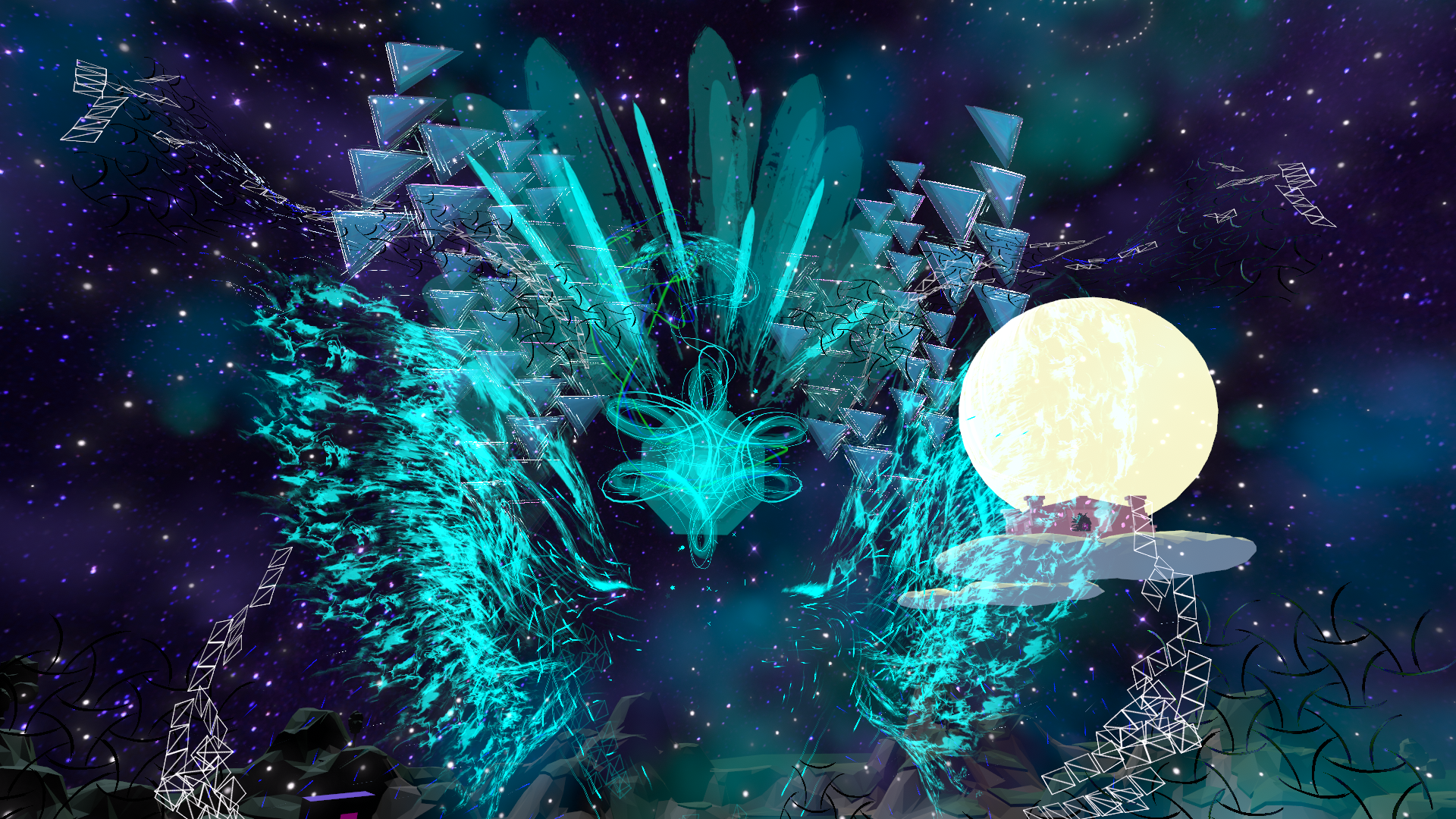
Q: The Greek Chorus, played by the virtual audience, has the important role to save the world. They leave Mount Olympus, at the end of the experience, with the feeling of having accomplished the mission. Do you feel that experiences such as yours, in a historical moment where every individual feels hopeless, can help not only as a distraction but as a therapeutic device to preserve mental health?
KB: The Greek Chorus plays a critical role. They are as important as the actors. One of our core values at Double Eye Studios is collaboration. The Greek Chorus (the audience), having journeyed from the Mortal Realm must work together collaboratively with the gods (the actors) to solve this crisis. The themes of suffering and loss of hope ride under the show, but I think the audience is so fully immersed in the virtual world and they have so many 3D, neon visuals and interactive objects, they may not consciously notice these themes and the deep loneliness of some of the characters. But on a subconscious level we see the positive effects, since many audience members have expressed they feel joy at the end of our experience.
Q: You break the fourth wall by allowing the audience to join the storytelling, do you feel that by sharing experiences in a fictional world, this will allow to build communities also in the real world?
KB: We encourage the audience to speak in key moments. We empower them with a voice. Some audience members get very excited and they actively engage with the actors in as many participatory moments as they can. I hope the moments of puzzle-solving and the collaborative nature and story-sharing moments can lead us to create more positive communities in the physical world.

Q: How crucial do you feel is the role of the host to get engaged in the immersive world?
KB: In our Cloud Lobby when you first arrive into the production you are greeted by two characters, Iris and Hermes. They are full of energy and joy. I believe these characters played by Jenn Harris and Hilary Walker, are full of such effervescence that it helps the audience to feel at ease as they get used to locomotion and navigating the menus of the VR platform.
Q: You and your Double Eye Studios team were amongst the first to bring the feature of flying to virtual reality, how did you come up with the idea?
KB: I wish we could take credit for inventing flying in VR. Perhaps we can take credit for having the first VR Theatre production that integrated flying — which we did back in 2019 in the production of Loveseat, where the character Abby (played by Jenn Harris) flew during one of the climactic scenes trying to impress another character. In Finding Pandora X the gods fly throughout the production, and the audience is gifted with flying by Zeus. Back in May 2019 we asked the digital audience what superpower they would wish to grant to the virtual world. The audience chose the superpower of flying. So we built a mechanic that allows the Greek Chorus to fly in an embodied way. You have to flap and move your arms to fly. It’s incredibly childlike, it’s full of joy, and when we soar over the world of Mount Olympus, I find it very beautiful. At a time when we may all feel so trapped in our homes, flying in VR can feel incredibly expansive.
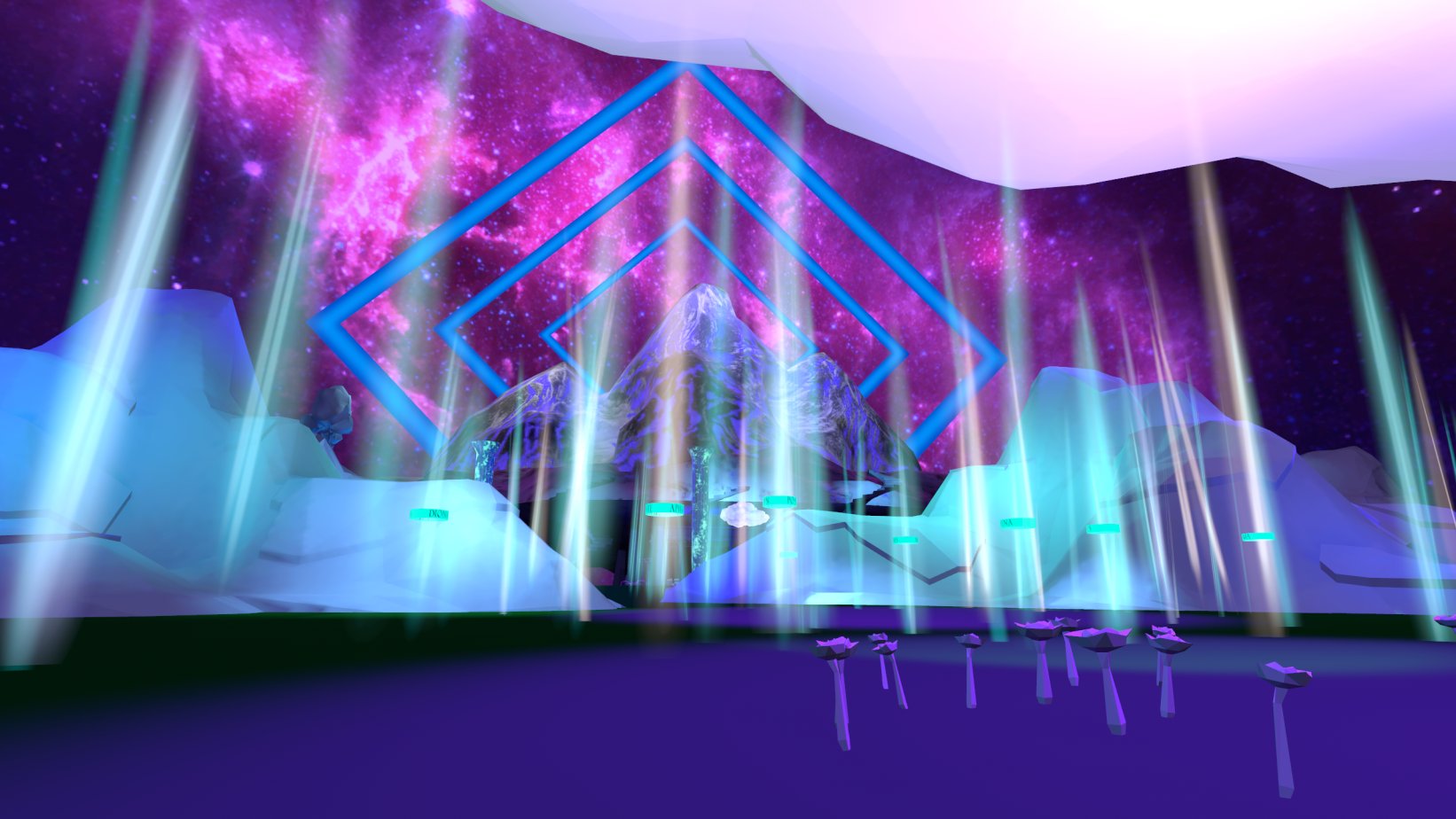
Q: Do you feel the pandemic has accelerated developments of XR technologies?
KB: I’ve seen a lot of acceleration with technology in general. Many people who had never done a video conference call have become familiar with a variety of video tools. VR is a much deeper experience and still requires hardware (a VR headset and sometimes computer) to power the experience. I would guess that with these newer and more comfortable headsets like the HP Reverb 2 and the Oculus Quest 2 that adoption is increasing.
Q: In your previous work, Love Seat, you had a physical stage, while the actors performed live with headsets. Finding Pandora X is your first entirely virtual stage. In technical and artistic terms how is it to direct actors remotely, as opposed to when you have them physically present?
KB: Working with actors remotely feels the same in many ways. The story-world of Mount Olympus feels like a very giant fantasy world, as opposed to a traditional proscenium stage. However, when our Lighting Designer Beth Kates began to program the lighting cues in the show, all of these elements felt exactly like the magic of theatre in a physical space. I love working with actors on a set, and I’ve been privileged to direct on set during the pandemic. But for our productions in VR we have felt its safest to keep our actors remote and performing from their homes. A huge amount of the creation of this production has taken place remotely, with our crew and cast spread across the nation. I believe it’s a great achievement and use of the medium itself, to rehearse and perform inside VR.
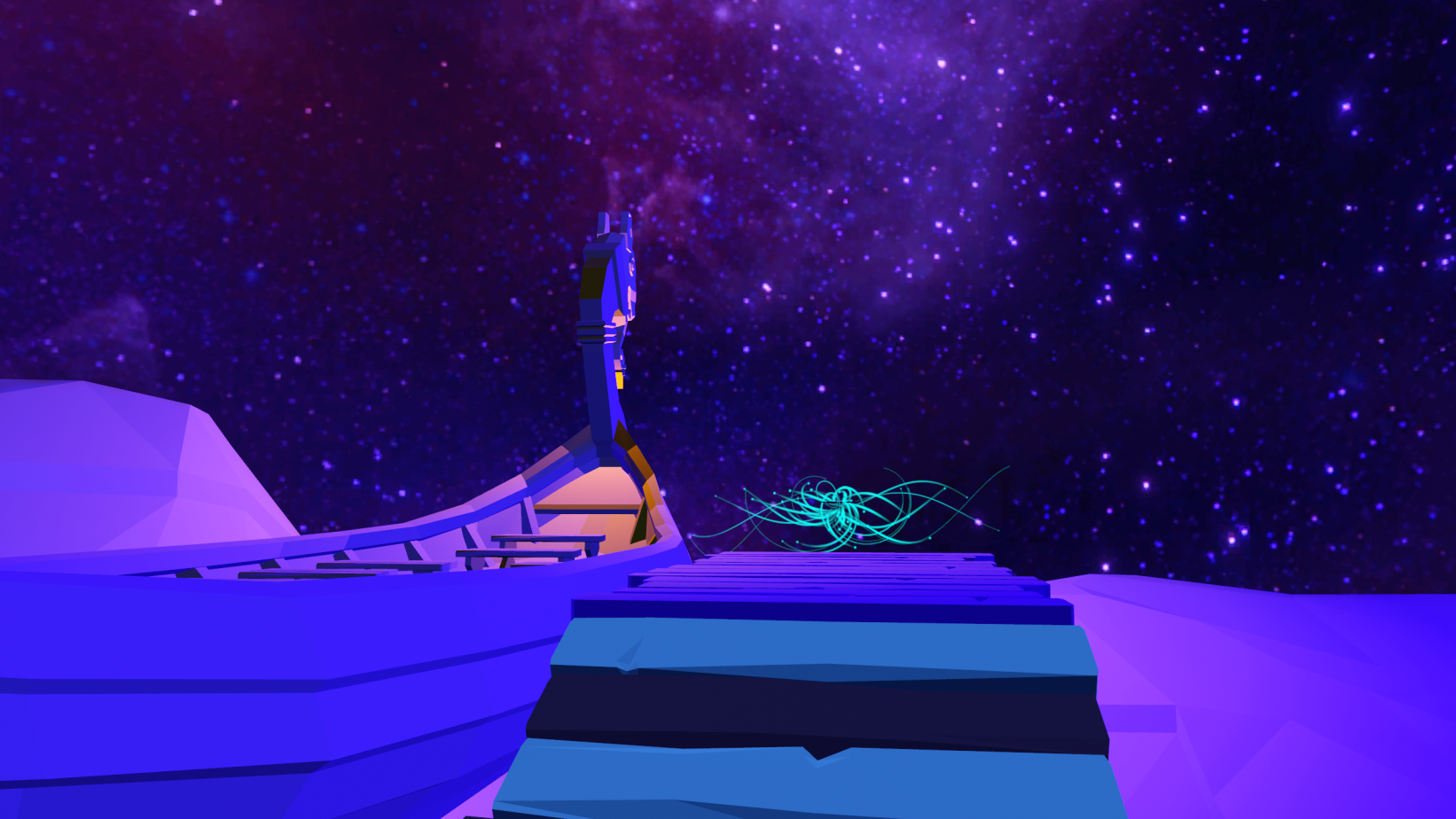
Q: As Covid continues to keep us locked indoors, and cinemas are closed, do you think this will benefit VR’s outreach also towards cinephiles?
KB: I have seen more and more cinephiles stepping into the virtual worlds. During Sundance this year we hosted the annual Chili Party for Indiewire in our venue of Mount Olympus. There were many filmmakers who were exploring VR for the first time. Last week at SXSW I met people who had put a VR headset on for the first time. They navigated and took to the social VR worlds with ease. I was very impressed by the skills of these newcomers and their willingness to try advanced activities in VR like driving a go-kart and flying.
Q: The world of technology is mostly led by men, even more so than film, what is your experience so far as a female VR director, who produces her own work and helms her own team?
KB: When I began directing in the film industry I couldn’t find any mentors. I adored the work of Agnès Varda but the idea of having her as a mentor seemed impossible (although I did get to meet her many years later). Leaping into VR there were female directors in the landscape, Nonny de la Peña, Lynette Wallworth who have pioneered so much. Nonny had a strong background in technology as well as journalism. But what these women were doing seemed so out of reach. Mostly at film festivals and tech conferences, I would encounter men who were actively getting their content well-funded. For my experiences, it’s a real labour of love. It hasn’t been easy. In my early days entering the meet-ups and events I was often one of very few women in a room of a hundred men. I remember trying to participate in some conversations and people wouldn’t even acknowledge me. But I made my work and eventually I think my work spoke for itself. I remember reconnecting with a group of men who had ignored me and they had seen my first piece Cardboard City which won Samsung’s first VR contest and was featured in the Samsung VR app, and suddenly all of these men acknowledged my work, and as a result they acknowledged me.
Q: For those who missed it, where, when and how will virtual audiences be able to experience Finding Pandora X next ?
KB: We are working on the possibility of opening backstage tours of Mount Olympus and exploring the possibility of a Limited Engagement run for the public. Stay tuned and keep an eye on our website: doubleeye.co. We would love to have audiences come fly with us!
Finding Pandora X features a remote cast that includes Jonathan David Martin (Broadway’s War Horse, NBC’s “Believe”) as Zeus, Pamela Winslow Kashani (Original Broadway cast of Into The Woods, “Star Trek: The Next Generation”) as Hera, Deirdre Lyons (Tyra Banks “Model Land,” The Under Presents: Tempest), as Coryphaeus, Jenn Harris (Off-Broadway’s Silence! The Musical, Modern Orthodox – Lucille Lortel Award & Theatre World Award) as Hermes, Hilary R. Walker (Off-Broadway’s When Yellow Were The Stars On Earth) as Iris and Grace McLean (Broadway’s Natasha, Pierre, and the Great Comet of 1812) as the Oracle.
Finding Pandora X is written by Alyssa Landry and is produced by Double Eye Studios (Kiira Benzing, Lara Bucarey, Chris Dawes, Alyssa Landry) with Executive Producer: Joanna Popper (HP). The creative and technical team includes Mark Sternberg (Technical Producer / Lead Developer), Christopher Toppino (Technical Producer / Virtual Cinematographer), Alyssa Landry (Narrative Director / Writer), Manny Marquez (Associate Producer), MC Mangum (Stage Manager), Thierry Boulanger (Composer), Sadah Espii Proctor (Sound Design), Luis Lundgren (Virtual Art Department Supervisor), Beth Kates (Lighting Designer), Vaughan Schmidt (Developer), LS Garvey (Additional text) and Rea Goldson, Polygonal Mind (Character Designers).


